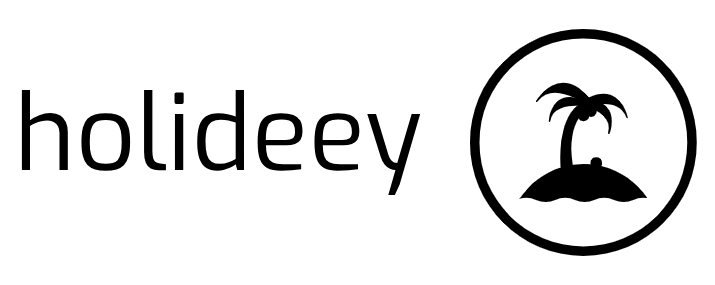Good Print Planning: Tips on Planning and Preparation to Help Your Next Print Order Go Smoothly
Good Print Planning: Tips on Planning and Preparation to Help Your Next Print Order Go Smoothly
Custom print projects can be a daunting undertaking. From concept and design to implementation and timely delivery, there are several stages involved in the custom printing process. With decades of experience in commercial printing and having been involved in over 100,000 printing projects, we have put together this brief primer of tips and pointers to help you save time, money, unnecessary distress, and to obtain a quality print product on time.
In this article, we will be focusing primarily on the printing of invitations. However, this information can be applied to most custom print jobs such as brochures, event programs, post cards, or company stationery.
Planning:
Invitations should generally be mailed at least 4 weeks in advance, so project planning should start at least 8 weeks before the date of your event, if possible. Designer specifications should be established early in order for the project to be properly estimated for design and printing costs. Here is some information that a printer will want to know in order to give you an accurate quotation:
Sizes of all pieces such as the invitation, RSVP card, mailing and RSVP envelopes.
How many ink colors will be printed on each piece.
Whether they will be printed on one side or two sides.
Which type of paper will the pieces be printed on? Determine brand if applicable, color, texture, finish, and weight.
Will the pieces be folded, scored, die cut, or embossed?
How many printed pieces will you need?
Job Preparation:
You can save money by typing all copy in Microsoft Word, or any “universal format” such as Rich Text Format or Plain Text before you submit your project to the graphic designer. Spell check, read, and re-read all copy before submitting it to the designer, and proofread everything again once you receive a proof from the designer, so that any typographical errors can be identified and corrected before the order goes into production.
File Preparation:
Though many projects can be designed in word processing or basic layout programs, it is always best to use professional graphic designers and/or professional design programs to ensure you receive a quality end product. Many commercial printing companies offer in-house graphic design services.
Obtain all logos and images needed for your project before the graphic design process is started. For best results, an EPS or a “vector” file should be submitted. Otherwise a “high resolution” photographic file will work for many applications. Photographs and other images should be provided in high resolution TIFF, JPEG, EPS, or PDF formats. The images should be at least 300 DPI at actual size for maximum quality.
Generally, graphics designed for web sites are of too low a quality for printing (i.e. GIF files and low resolution JPEG files). If “spot” colors are to be used, the files should be designed in a professional design program that allows for color separation and prepared accordingly.
Some things to remember:
Some “designer” projects can significantly increase the cost and production time of your printing project, such as the use of square envelopes, expensive papers, die cutting, embossing, and foil stamping.
With careful planning, you can save money by mailing early using bulk rates as opposed to first class. Bulk mailing can take up to 10 business days.
When properly planned and executed, the printing portion of your projects can be expedited more efficiently and consistently with your specifications.
